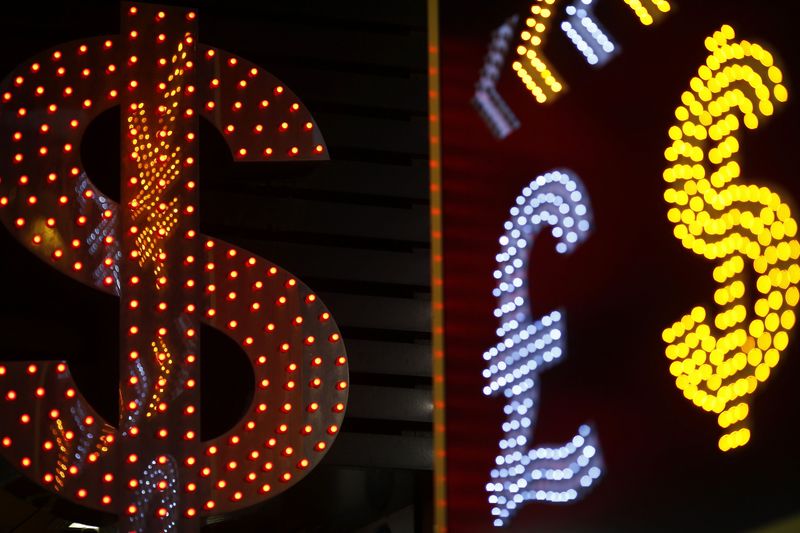By Wayne Cole
SYDNEY, Nov 30 (Reuters) - The Australian and New Zealand dollars were aiming to finish the week with a sack full of gains on Friday as markets wagered on an early end to U.S. rate hikes, though Sino-U.S. trade relations remained a wild card.
The Aussie dollar AUD=D3 stood at $0.7319, up 1.3 percent on the week so far and well above a recent $0.7199 low. It still faces tough resistance in the $0.7345/63 zone where repeated rallies have petered out since mid-October.
The kiwi dollar NZD=D3 was 1.1 percent firmer for the week at $0.6864 and just off a five-month peak of $0.6887.
Their U.S. counterpart continued to be pressured by speculation the Federal Reserve would have to limit future rate rises given a slowing global economy and the disinflationary pulse from plunging oil prices.
Data out on Thursday showed U.S. core inflation was surprisingly soft in October with the smallest annual increase since February. ever nearer, however, was the planned meeting between Chinese President Xi Jinping and the U.S. President Donald Trump at the G20 in Buenos Aires. more conciliatory tone - or, dare we say, trade war breakthrough - would see risk assets respond rather positively," said analysts at ANZ in a note.
"The AUD, NZD and other risk currencies will be in for a volatile open next week, regardless of the outcome."
Australia and New Zealand are trade-exposed, open economies that export heavily to China and their currencies are used as proxies for trade tensions by investors worldwide.
The Australian event calendar is also busy next week with a raft of data, including gross domestic product (GDP), and a policy meeting by the Reserve Bank of Australia (RBA).
Analysts forecast the economy likely grew 0.6 percent in the September quarter, keeping the annual pace at a brisk 3.3 percent.
While growth has been healthy there has only been a marginal pick up in wage growth, home prices are falling and household consumption is constrained by high debt.
The recent plunge in oil prices will also drag on headline inflation, underlining why the market expects no move on interest rates by the RBA next week and not for months to come.
Futures markets 0#YIB: imply only a 40 percent chance of a hike by Christmas next year.
All of which helped Australian government bond futures reach one-month highs on Friday , while yields on 10-year paper AU10YT=RR dropped to 2.590 percent.
The three-year bond contract YTTc1 were up 1.5 ticks at 97.925, while the 10-year contract YTCc1 added 1 tick to 97.4050. (Editing by Simon Cameron-Moore)
